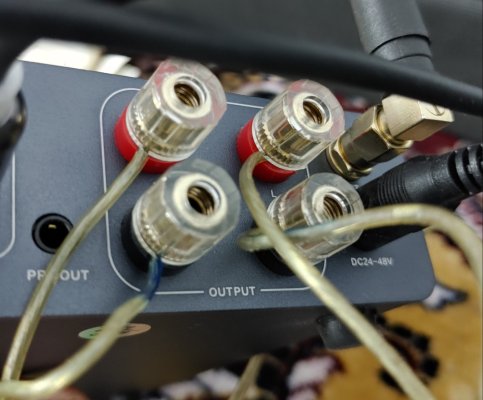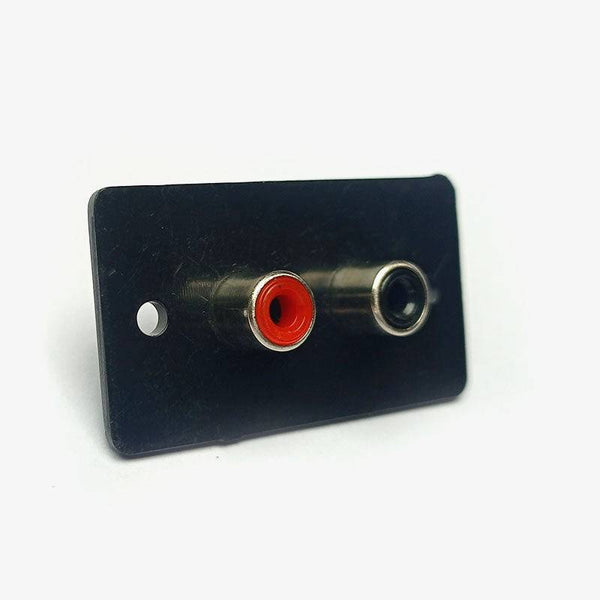Thank you for tagging me - would have missed this otherwise.
About my own C2, not long after my
last update, I decided to go ahead and replace all the through-hole capacitors on the board. My (not totally scientific) reasoning being, if one cap went bad there could be others. Was able to procure Japanese-brand (Nichicon and the like) equivalents for all the caps for around 1100 INR.
Then it all went bad - before I could get a replacement for my corroding soldering iron (and thanks in no small part to my clumsy soldering technique) I rushed through and completely botched up the cap replacement, with several traces on the circuitry damaged, pads coming off, etc. I eventually managed to get it all fixed as much as I could, in what was an unnecessarily painstaking process. And the amp miraculously worked - and sounded better than it ever did.
Alas, it failed again after a few months. Very likely a result of my botched repair. I have since got a more decent soldering iron and a headband magnifier (cannot emphasise enough on how useful I've found this to be), but just haven't the time to get to it yet. So the C2 remains packed up in storage waiting for (possibly) one last revival attempt, perhaps sometime early next year. We'll see.






